A feast of cherries, c. 1756,
drawing in black chalk and highlights of white chalk on two sheets combined together,
blue prepared paper,
350 x 200 mm.
On the back of the sheet, written in pen and ink "Hutin fec." and another note in pencil.
Good condition
Framed, under glass
Dimensions with the frame : 46 x 32 cm
* * *
A genre scene, typical of the manner of Charles-François Hutin, depicting the daily life of Saxon peasants who were certainly in the painter's service, with their costumes and customs.
At the centre of the composition, this rather ambiguous figure, who might be imagined to be a nanny or a grandmother, turns out to be a man, by comparison with other works by the artist. In addition to this immediate strangeness, the gesture of feeding cherries to an infant, however delicate, turns out to be somewhat disconcerting, if not strange.
* * *
Charles-François Hutin (1715-1776) is one of the rarest French artists of the 18th century. This adjective suits him very well, describing both the lack of in-depth knowledge about his life and career, and the strangeness that can sometimes be felt in the face of the massiveness of the figures he depicts and the silence that reigns in the rustic interiors that make up the bulk of his drawings and paintings.
Trained as a painter in François Lemoyne's studio in Paris, Hutin was admitted to the Académie de France in Rome, in the Palazzo Mancini, in 1735, and was expected to become one of the great hopes of French painting. In Italy, in contact with the director of the Academy, Jean-François de Troy, and Michel-Ange Slodtz, Hutin changed his artistic discipline and became a sculptor: this is how he was accepted and subsequently admitted to the Académie royale on his return to Paris. The Louvre holds his reception piece, Caron, a marble sculpture dating from 1747 (currently on display at the Louvre Lens).
Charles-François Hutin spent most of his career in Dresden, Germany, where in 1748 he was appointed first painter to King Augustus III of Poland (also known as Elector of Saxony, Frederick Augustus II of Saxony). Hutin became director of the Academy of Fine Arts in Dresden, and his career as an artist and studio master enabled him both to respond to public commissions and to express himself freely as a painter, most often evoking subjects from everyday life in Saxony. Submissions to the Paris Salon were frequent, even though Hutin probably rarely returned to France. Our artist's best-known work to date remains the suite of engravings he produced and published in 1753, in collaboration with his brother Pierre Hutin : Recueil d'estampes d’après les plus célèbres tableaux de la Galerie Royale de Dresde : contenant cinquante pièces avec une description de chaque tableau en françois et en italien.
A disciple of Lemoyne and Slodtz, a friend of Subleyras and Chardin and a master of many German painters and engravers in the second half of the 18th century, Charles-François Hutin is an artist who deserves to be looked at in greater detail
* * *
The drawing presented here is an identical copy, albeit in a much more restrained style, of a drawing by Charles-François Hutin kept in the collections of the Albertina Museum in Vienna (see photograph). The original drawing, which came from the artist's studio, cannot be linked to any known painted composition by the artist, but it is possible to identify the two figures depicted here.
This drawing can be compared with the two paintings by Hutin in the Prado Museum, dated 1756 (see photographs). The portrait of the maid in Madrid, with her hair wrapped in a cloth and her dress and feet bare, is reminiscent of the figure in the background of the drawing, on the left, who is hanging a sheet to dry. The portrait of the man in Madrid is so similar in stature and look that there is no doubt that it is he who is carrying the child on his lap. This detail contributes to Hutin's strangeness in the 18th century: instead of drawing a charming nursemaid, in the manner of Lépicié or Greuze, he chose to give this role to a man.
The small still life on the right-hand side of the drawing, a hollow plate that must have contained the baby's porridge, confirms the connection with the paintings in Madrid. These works are dated 1756, which is certainly a possible date for this composition drawn on blue paper.
Charles-François Hutin's drawings and engravings are held in some of the world's finest museums, including the Albertina in Vienna, the Kupferstichkabinett in Dresden, the Metropolitan Museum and the British Museum. One of Hutin's most remarkable drawings, featuring the same Saxon worker as in our drawing, passed through the hands of three distinguished collectors along the centuries : the Marquis de Chennevières, Louis-Antoine Prat, and Jeffrey Horvitz (Christie's New York sale, 1998, see last photograph of the gallery).
Further research is available by email.




























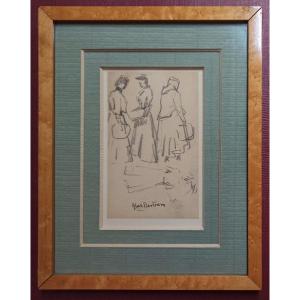
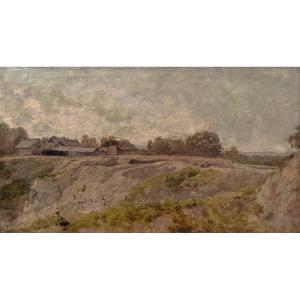
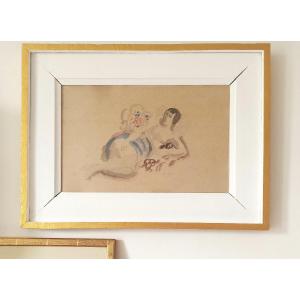
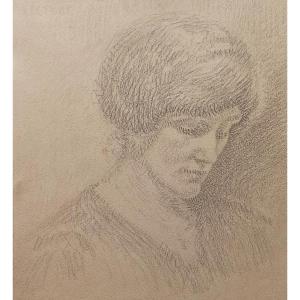
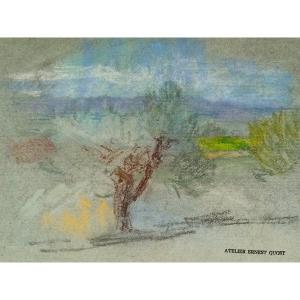


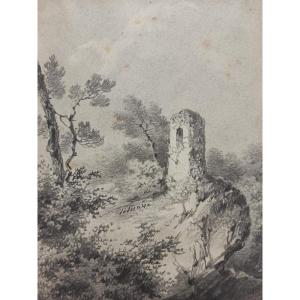








 Le Magazine de PROANTIC
Le Magazine de PROANTIC TRÉSORS Magazine
TRÉSORS Magazine Rivista Artiquariato
Rivista Artiquariato